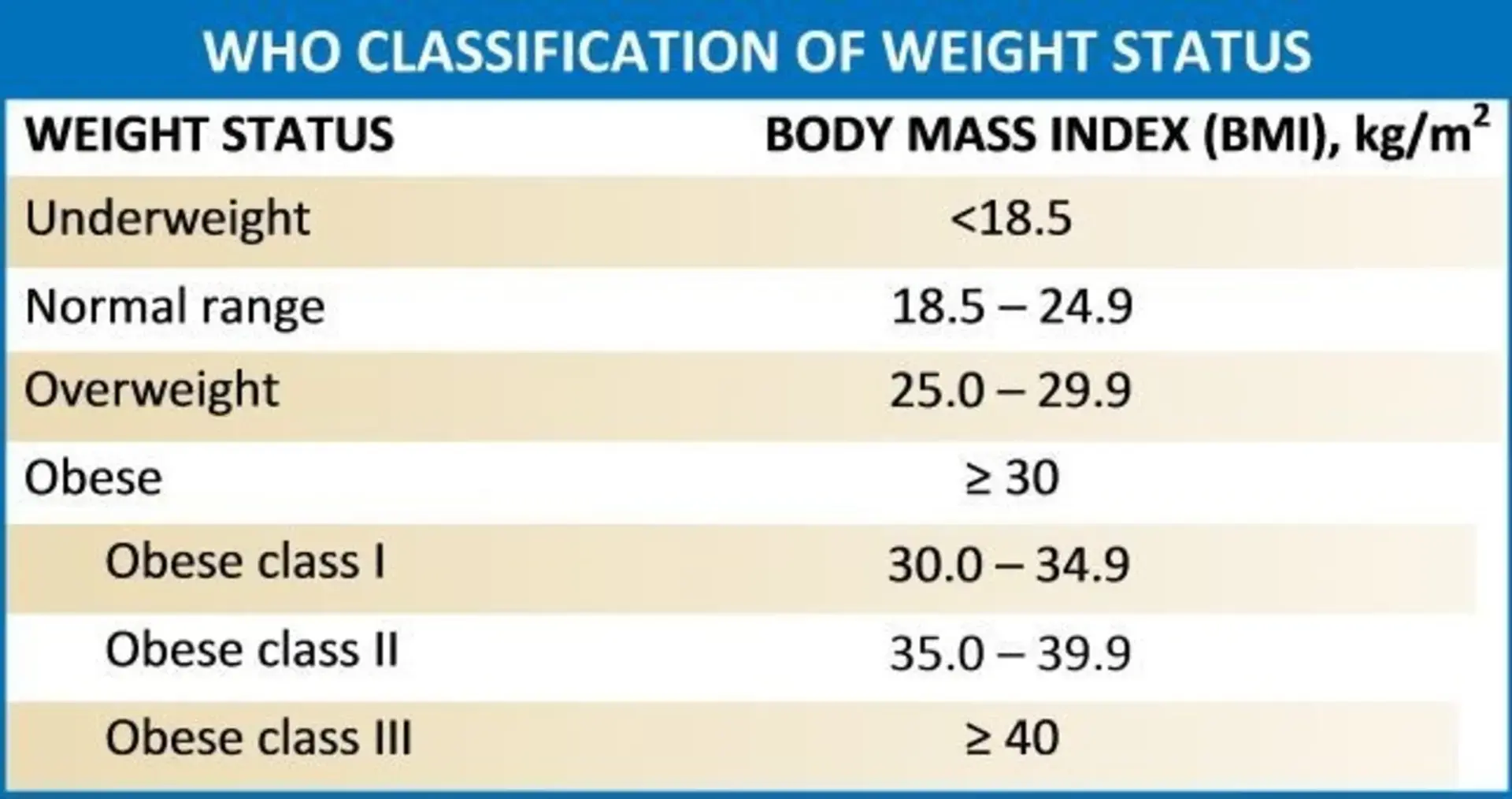The article discusses the Body Mass Index (BMI), a tool that measures and categorizes weight based on height. It provides a formula to calculate BMI and a chart for reference. However, it notes that BMI is not a one-size-fits-all method, with exceptions for athletes, pregnant women, and children. The article also offers tips for those who are overweight or underweight to bring their BMI within the normal range, including consulting a nutritionist, regular exercise, and following a balanced diet.
We are all part of the hustle culture. Especially in the Philippines, where continuous urbanization has brought about a steady stream of work opportunities, grinding for good cash flow may affect our health in many ways. One of these is obesity. Ironic, really. Seeing as the Philippines is placed 9th among countries with the most underweight citizens.
Knowing this, we can now familiarize ourselves with BMI, or Body Mass Index. It’s a tool that measures and categorizes your weight based on your height. So, if you want to get a good gauge of your physical state, stay with us as we...
Tale of the Tape
It may sound complicated, but trust us, it’s not rocket science. To figure out your position in the BMI charts, all you need are your weight in kilograms and your height in meters. Bust out those calculators now, things are about to get a bit heavy. Divide your weight by your height multiplied by itself. If you’re fluent in math, it looks like this: BMI = Weight / Height².
Don’t worry, you can always opt for online BMI calculators to simplify the process. Once you have that number calculated, refer to this chart below to see where you stand:
While it’s good to know where you stand in the BMI chart, it’s not a one-size-fits-all method for everybody. Several groups, such as athletes and pregnant women, have specific characteristics that exclude them from the traditional BMI table. These two groups of people in particular are examples of individuals with “extra weight”—athletes have higher muscle mass, while pregnant women are carrying the weight of another human life.
Children and adolescents also have various factors affecting their BMI calculations as they grow and develop. It’s good to get your pediatrician’s advice on this matter.
Despite being one of the most used parameters to calculate ideal weight, the BMI table does not consider several vital variables regarding a healthy life—for example, visceral fat, lean mass content, and physical activity levels are not automatically taken into account. It’s on a case-to-case basis, so using other indices and parameters with the BMI table is ideal to obtain an adequate assessment.
Balancing the Scales
While it is always better to consult a nutritionist, BMI charts remain an effective tool in assessing your weight-to-height values. If you are overweight, it’s not the end of the world. Here are some things you can do to place your BMI within the normal range:
-
Consult a nutritionist to plan your meals
-
Increase caloric expenditure through regular exercise
Increase caloric expenditure through regular exercise
-
Follow a balanced diet, which includes all food groups
Follow a balanced diet, which includes all food groups
If you’re a little bit on the lighter side, here are a few friendly tips on increasing BMI for those who are underweight:
-
Increase muscle mass through physical activity, so that calories are transformed into muscle, not fat
-
Drink at least 2 liters of water per day—this amount may vary according to your weight
Drink at least 2 liters of water per day
-
Increase consumption of foods rich in proteins, vitamins, and minerals.
Increase consumption of foods
-
Include at least three fruits in your daily diet.
Include at least three fruits in your daily diet.
Health is wealth—we’ve heard this since we were kids. The BMI chart is just one of the tools to help you find out what you should do to maintain a well-rounded lifestyle. So now that you know its importance, how about bringing out the scale and tape measure to find out where you stand on the BMI chart?












